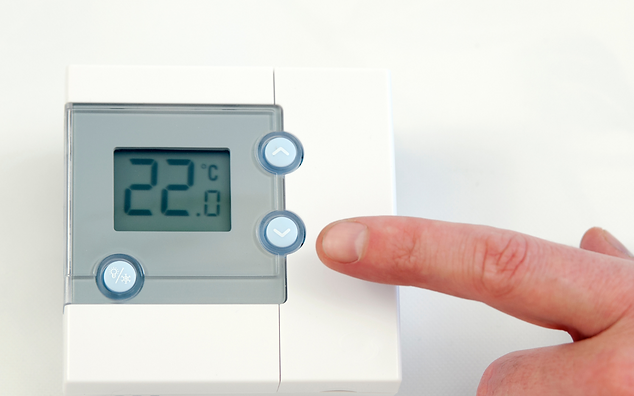Influential Indoor Factors
Various factors affecting indoor air quality, Factors like ventilation, pollutants, and humidity impact the composition of indoor air. Understanding these influences is crucial for creating healthier and more comfortable indoor environments for occupants.

Pollutants: Indoor air can be contaminated with various pollutants such as particulate matter (dust, allergens, pet dander), volatile organic compounds (VOCs) from paints, cleaning products, and furnishings, carbon monoxide, nitrogen dioxide, and other gases.
Effects: Exposure to these pollutants can lead to respiratory issues, allergies, asthma exacerbation, headaches, dizziness, fatigue, and other health problems.
I'm a paragraph. Click here to add your own text and edit me. It's easy.
Mold and Moisture: High humidity levels can lead to mold growth, which releases spores and mycotoxins into the air.
Effects: Mold spores can trigger allergies and asthma symptoms, while mycotoxins may cause more severe health effects upon prolonged exposure.
Ventilation: Inadequate ventilation can lead to the buildup of indoor pollutants and reduced oxygen levels.
Effects: Poor ventilation can result in stuffy, uncomfortable indoor environments and increase the risk of respiratory problems.

Radon: This radioactive gas can seep into buildings from the ground and accumulate to dangerous levels indoors.
Effects: Long-term exposure to high levels of radon is associated with an increased risk of lung cancer.
Tobacco Smoke: Smoking indoors releases harmful chemicals into the air.
Effects: Secondhand smoke exposure can lead to respiratory problems, heart disease, and an increased risk of lung cancer, especially in children and non-smokers.
Carbon Monoxide (CO): This colorless and odorless gas can be produced by faulty heating systems or appliances.
Effects: CO poisoning can cause headaches, dizziness, nausea, and, in severe cases, can be fatal.
Parameters of Indoor Air Quality

